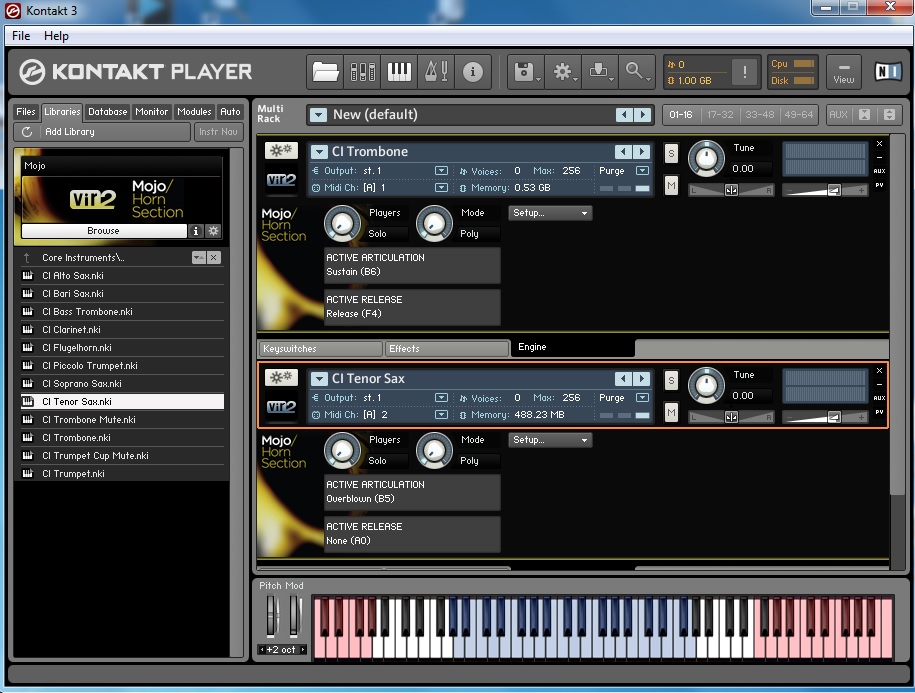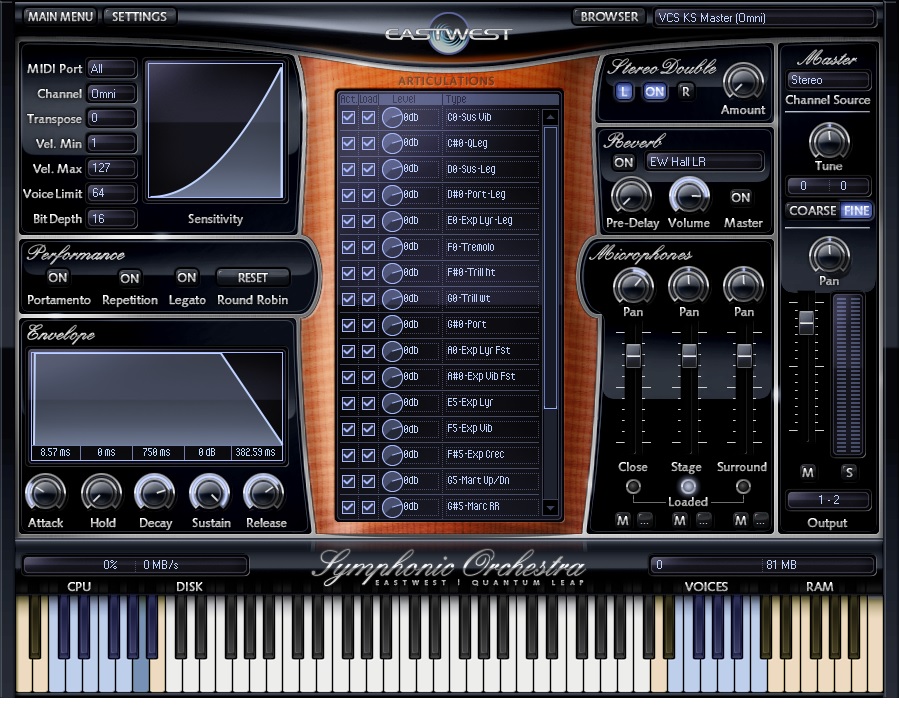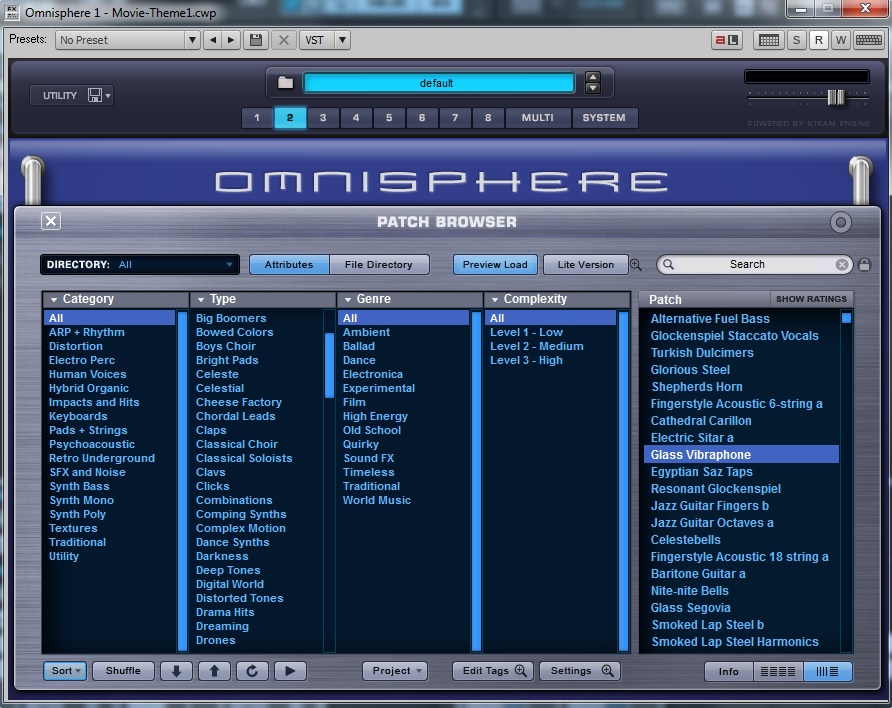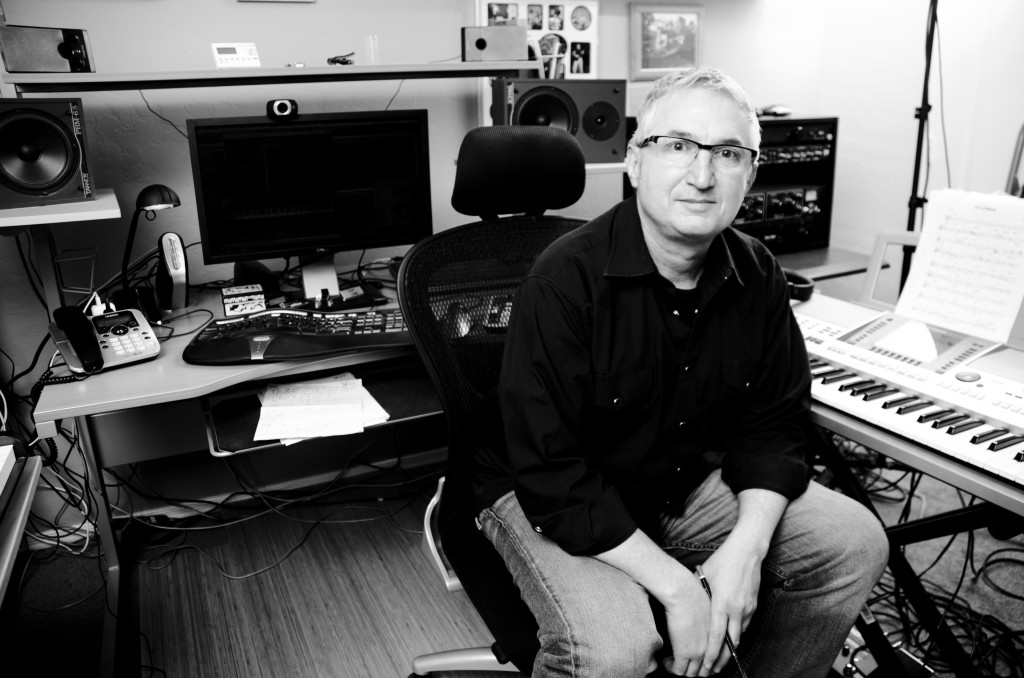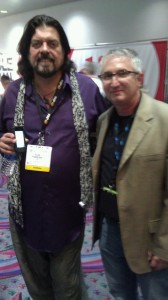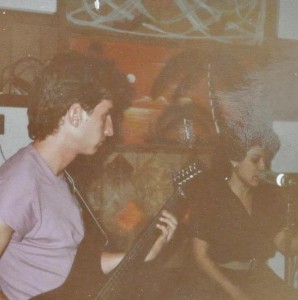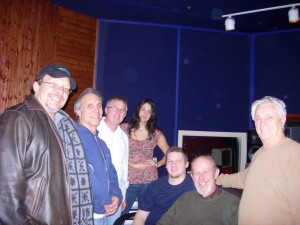In part III of my article on using virtual instruments for composing, I’ll talk about some considerations to humanize your parts using the Vir2 Mojo Horns plugin and Spectrasonics Stylus RMX as examples, and lastly I’ll provide some basic guidelines for good system performance.
Tip #8: Look for VI plugins that provide ways to “humanize” the sounds to create a less machine-like and more musical sounding parts
Humanizing horns
One of the examples of this is the way the Vir2 Mojo Horns plugin provides an automatic way to use a different sound sample for an instrument when you repeat several notes in a row (in a round-robin fashion). Say for example, you have a horn part that repeats a note several times in succession in a fast sequence. If the same sound sample is used for each note, your ear will perceive this as “mechanical” and unnatural sounding since a real horn player will have slight variations in tone for each note they play in succession. This is part of the human element that adds to the feel of a phrase. The Vir2 Mojo Horn plugin tries to account for this by swapping in different samples for each note in sequence form the same instrument, adding some variance in tone from note-to-note, making the part sound much more realistic. They also provide a wide variety of articulations for each instrument in the library to allow you to dial in the attack and decay effects you need to make the horn parts sound and feel real. You may be wondering why you can’t just use the same horn instruments from an orchestral library to do your Jazz and Funk horn parts as well? The reason for having separate Virtual Instruments for these different types of horn applications boils down to the articulations mostly. The Vir2 Mojo Horn VI contains all of the commonly-used articulations that would be used in Jazz, Funk, and Soul, whereas the East West Quantum Leap Symphonic Orchestra would cover the horn articulations (and recording space) used for symphonic music.
To make Mojo Horns even more realistic for Jazz and Funk applications, the articulations in the library (swells, and crescendos), are timed to the tempo of your project so that the peak of the swell happens in time with the groove of your music (you can even specify how many beats for the swell), the way a real horn section would phrase in a Jazz or Funk setting. As I started experimenting with all of the articulation controls I realized how important it was to pay careful attention to the phrasing and use the right articulations at each part of the phrase. This results are well worth the time, since this creates the most realistic sounding horn parts. This process also sent me on some careful listening to big-band and funk music to become more aware of the way real horn players phrase (see what I mean about the educational aspect of using some of these plugins). I now have a renewed appreciation for Duke Ellington’s skill in arranging (pure genius), as well as the horn players of Earth Wind and Fire and Tower of Power. My learning continues!
Here’s a song that I wrote recently to come up with a theme inspired by late-night-comedy TV shows, that shows off the Vir2 Mojo Horn library. I was going for a funky horn-oriented sound for this song and I spent a lot of time dialing in the articulations for these parts to get the sound I was after after:
Humanizing synthetic beat-box grooves
In the Spectrasonics RMX plugin, which is essentially an instrument for creating electronic grooves, they provide an extremely useful feature called “Chaos Designer” which is a tool for adding randomness into your repeating, drum-loop grooves. The Chaos Designer feature can effect the timing and volume of the various groove beats, as well as the pitch and distorted tone, all in a random way. When used sparingly, such as at the end of 8-bar phrases where a drummer would normally play a fill, it gives new excitement and energy to your tracks, making it much more musical and less mechanical sounding. Again, this is a feature that composers would dream up (which is why I’m such a fan of the Spectrasonics plugins), inspiring you to do more creative things with your Virtual Instrument than would otherwise be possible.
Here is a video that shows how this “Chaos Designer” feature in RMX can be used to introduce randomness in to a groove for making fills and transitions. I used this technique on my song “Desert”, to add variety to the groove at the end of 8-bar phrases.
Tip #9: To get the most realistic sounds from sampled instruments in VI, don’t play parts out of the normal range for the selected instrument
Most of the higher-quality VI’s will typically limit the range of your available notes for a given instrument patch automatically, based on the instrument you’re playing. But in some cases you may need to configure the settings in your VI to limit the range if this not an automatic process. Playing samples outside the normal range of the instrument will tend to sound more fake as the VI will usually take samples (within the range of the instrument) and modulate them up or down to get the desired note. Depending on how far out-of-range your desired note is, the modulated sample will sound unnatural and fake to your ear.
Tip #10: Make sure to have adequate CPU, RAM, and Disk space for the VIs that you plan to use
Lastly, if you plan to use a lot of VI plugins for your music then you will be putting more demands on the system performance of your computer. VIs normally use some combination of synthesis (e.g. running sound generation algorithms on your CPU) and sampling (playing back digital samples from files on your disk) to create their sounds. Most plugins will use some combination of both techniques at the same time. VIs that are more synthesis-heavy can place a larger load on your CPU, whereas sample-based VIs tend to require more RAM and disk space. If your computer only supports the bare minimum system requirements listed from the manufacture of your VI you may find that the VI will not be very reliable (audio dropouts during recording, DAW software halting due to low memory conditions, very long load-up time for your VI, etc). To avoid these kinds of problems, you should build in adequate performance capability for your computer system from the start. I’ve listed some general guidelines to ensure good performance and minimal system problems when using a lot of VIs in your composing and recording projects:
- CPU: Your DAW machine should use a multi-core CPU such as Intel i7, i5, or any of the comparable choices from AMD
- RAM: Upgrade the amount of RAM in your system to as much as your system can support (4GB at a minimum, 8GB or more preferred)
- Hard Disks:
- Spend the extra money to get higher performance hard disks (7200 rpm, 64MB cache). Slow hard disks (no matter how large) can become a performance bottle neck in the recording process, as well as causing longer delays when loading instrument samples into RAM when you need them.
- Keep your music tracks on a separate disk from your recording software
- Keep your sample libraries on a separate disk than your recording software
I hope three-part article has provided some useful information about Virtual Instruments and some things to consider to get the most out of them for your music.
Happy music making! Till next time, –Jim

